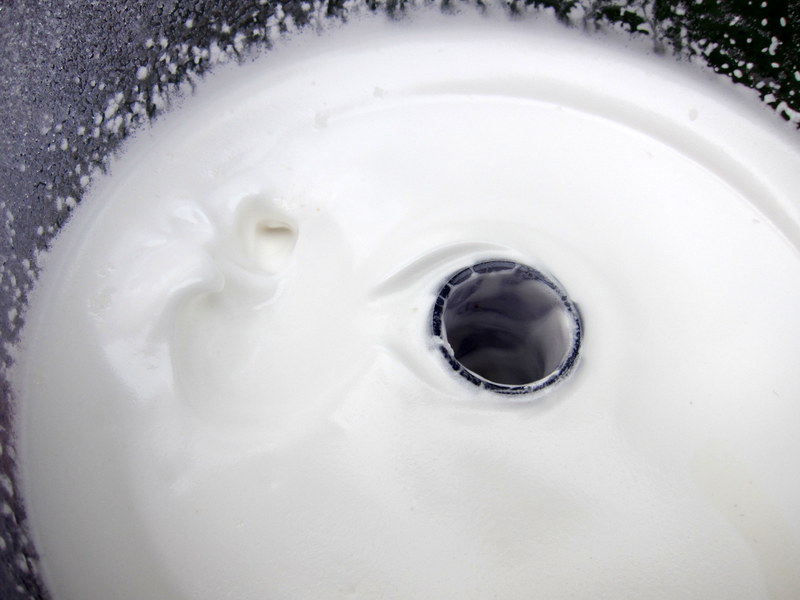Ice cream and the Law
The legal definition of “ice cream” differs across the globe. Usually, such product- legislation focuses on commercially produced ice cream – as long as you’re not putting illegal substances into your home-churned ice creams, you would normally not be affected.
In Europe, earlier national definitions of ice cream and various national product composition requirements have today largely been replaced by – or harmonised through alignment with – adherence to the European Ice Cream Association’s (Euroglace) Code of practice – a development brought about by the harmonising thrust of the European Union’s Internal Market. The focus of this Code of practice is on hygienic handling and health aspects of production, and not so much the ingredients per se (although some requirements, for example with regard to the minimum content of fruit in ice creams labelled “fruit ice cream” are laid down). Examples of such national regulations generally aligned with the Euroglace Code of Practice is the French Code des pratiques loyales des glaces alimentaires.
In the USA, the Code of Federal Regulations sets out the legal definitions. Take a look at the link if you would like to read about the ice cream requirements “straight from the source”.





